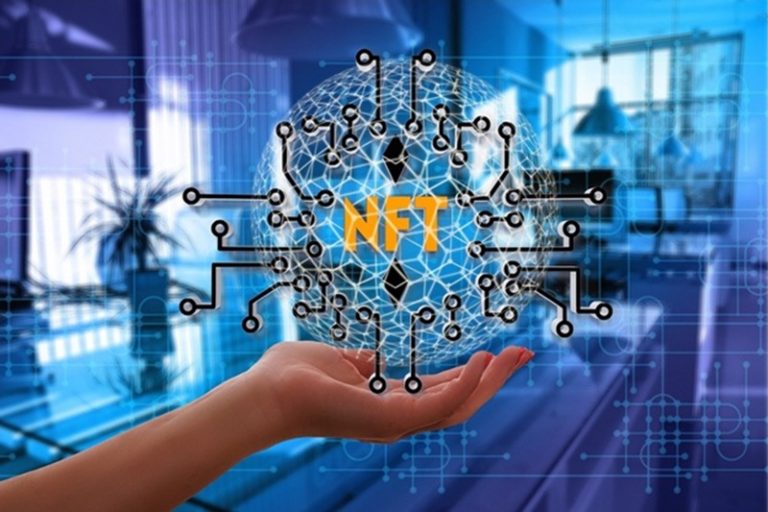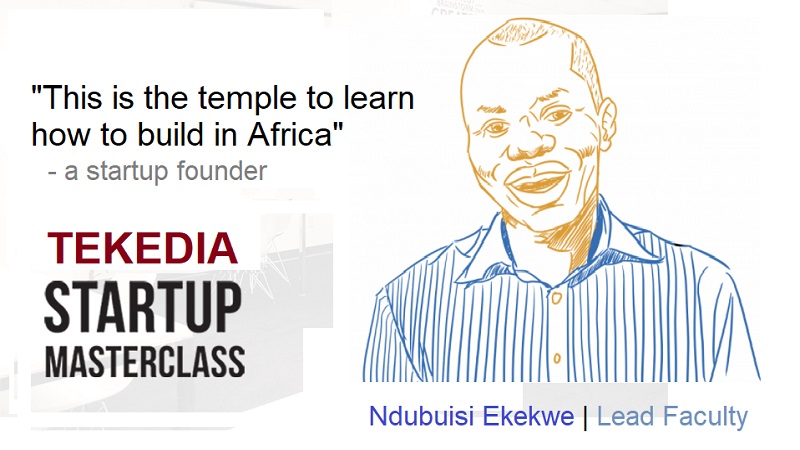OpenSea Announces Support Using Solana to Purchase NFTs on EVM-Compatible Blockchains

OpenSea now supports using Solana (SOL) to purchase NFTs on EVM-compatible blockchains, simplifying cross-chain transactions. This feature allows users to buy EVM-based NFTs directly with SOL, streamlining the process.
OpenSea’s integration of Solana (SOL) for purchasing EVM-based NFTs has several implications for the NFT ecosystem and cross-chain purchases: Users holding SOL can now directly purchase NFTs on Ethereum Virtual Machine (EVM)-compatible chains (e.g., Ethereum, Polygon, Binance Smart Chain) without needing to swap SOL for another cryptocurrency like ETH. This reduces friction for Solana-based users entering EVM ecosystems.
By enabling SOL payments, OpenSea bridges the Solana and EVM communities, potentially increasing liquidity and demand for EVM-based NFTs. Solana users, who may prefer its low-cost, high-speed transactions, can now engage with EVM marketplaces more easily. Cross-chain purchases traditionally require bridging assets or using third-party exchanges, which can be complex and costly.
This integration streamlines the process, making it more user-friendly, especially for newcomers to NFTs. Allowing SOL to be used for EVM NFT purchases enhances Solana’s role in the broader blockchain ecosystem, potentially increasing SOL’s adoption and value as a cross-chain currency.
Register for Tekedia Mini-MBA edition 18 (Sep 15 – Dec 6, 2025) today for early bird discounts. Do annual for access to Blucera.com.
Tekedia AI in Business Masterclass opens registrations.
Join Tekedia Capital Syndicate and co-invest in great global startups.
Register for Tekedia AI Lab: From Technical Design to Deployment.
Solana’s low transaction fees could make purchasing EVM NFTs cheaper compared to using native EVM chain tokens (e.g., ETH with high gas fees), depending on how OpenSea handles transaction costs. This move signals a trend toward greater blockchain interoperability, where assets and currencies can flow more seamlessly across different networks, fostering a more unified NFT market.
Impact on NFT Cross-Chain Purchases
Previously, buying EVM NFTs with SOL required users to bridge SOL to an EVM chain or swap it for ETH (or another EVM token) via an exchange. OpenSea’s integration eliminates these steps, enabling direct purchases and reducing the risk of errors or losses during bridging.
Bridging assets across chains often incurs fees, and swapping tokens involves exchange fees or slippage. By allowing SOL to be used natively, OpenSea potentially cuts these costs, making cross-chain purchases more affordable.
Cross-chain purchases can now happen faster and with fewer intermediaries, improving market efficiency. This could lead to higher trading volumes as users from Solana and EVM ecosystems interact more seamlessly. OpenSea must ensure its infrastructure can handle cross-chain transactions reliably, especially during high-traffic periods.
It’s unclear how transaction fees are managed (e.g., whether Solana’s low fees apply or if EVM gas fees are still relevant). This could affect user experience. Cross-chain integrations can introduce vulnerabilities, such as smart contract exploits, which OpenSea must address to maintain trust.
Other NFT marketplaces may follow suit, integrating cross-chain payment options to compete with OpenSea. This could accelerate innovation in the NFT space, benefiting users with more choices and lower costs. Creators on EVM chains can now tap into Solana’s user base, potentially increasing sales. However, they may need to adapt to receiving payments in SOL or navigate currency conversion.
This integration aligns with the growing trend of blockchain interoperability, as seen with projects like LayerZero, Wormhole, or Axelar, which aim to connect disparate blockchains. OpenSea’s move could set a precedent for other marketplaces to adopt similar cross-chain payment systems, further blurring the lines between blockchain ecosystems.

